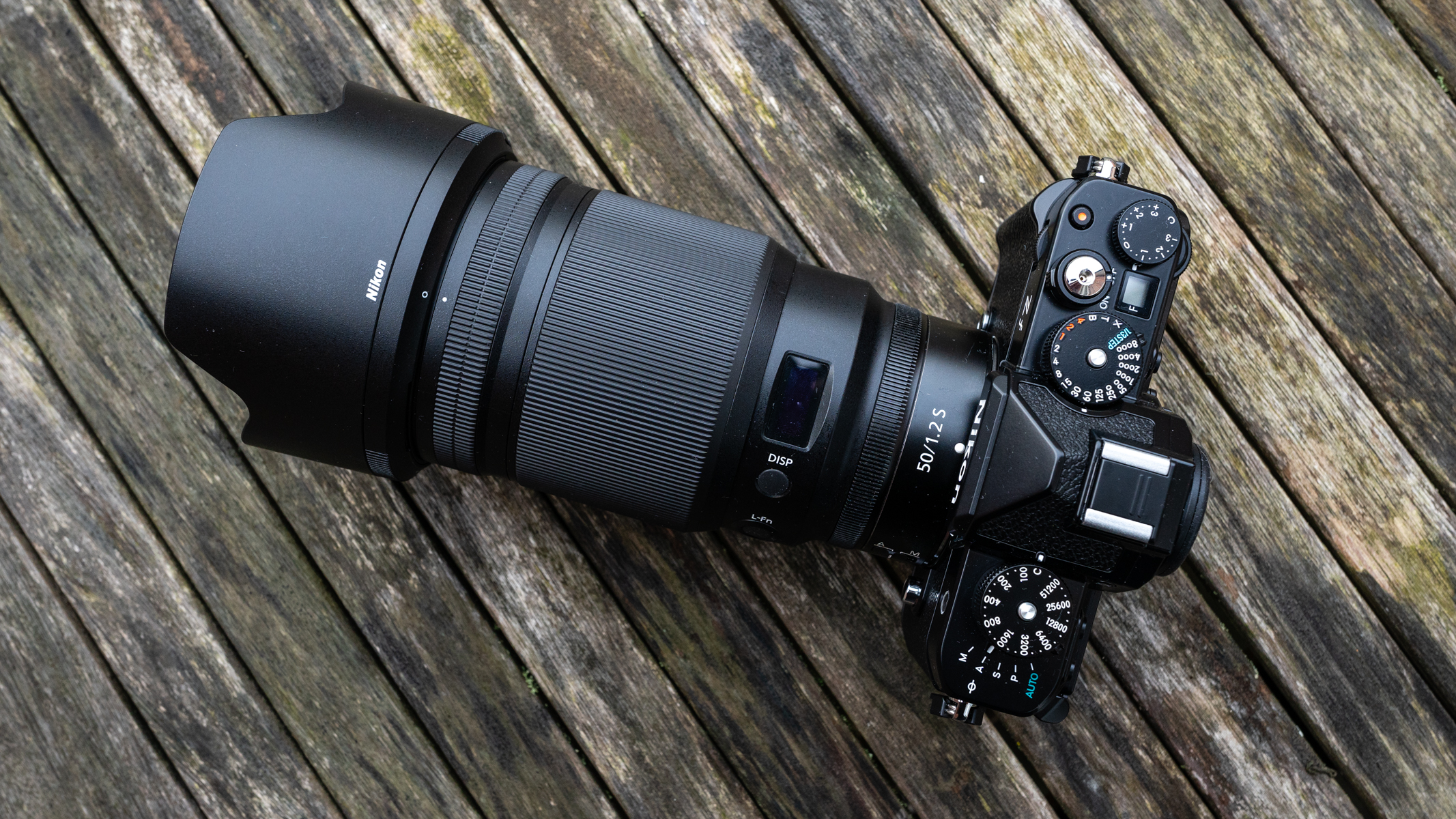I don't care that there aren't many retro-style lenses available for the Nikon Zf
With only two Special Edition lenses available for the Nikon Z f and Z fc, delving into the wider Z-series lens line-up is the only option

Nikon has once again dipped its toe into the popular world of vintage-inspired camera design, with the release of the APS-C Nikon Z fc and the impressively-featured full-frame Nikon Zf. Both cameras are heavily inspired by the iconic Nikon FM2, offering tactile traditional camera controls alongside digital technology and functionality that sit firmly within the realm of the modern world.
These cameras are, in a nutshell, an impressive blend of old and new that deliver a thoroughly enjoyable shooting experience and excellent image quality. But with vintage SLR design influence, both models have very little in the way of a grip on the front of the camera to make holding them more comfortable, and no thumb grip on the back of the body. This basically means that the bodies don’t balance particularly well with larger Z-series lenses.
Give me bigger if it’s better
There are currently two Special Edition lenses available.here’s the Nikkor Z 28mm f/2.8 SE lens (that provides a 42mm equivalent focal length on the Z fc), and for the latter there’s the Nikkor Z 40mm f/2 SE (that gives a 60mm equivalent focal length on the Z fc). They’re small and lightweight primes that balance perfectly with the two camera models and sport a pleasing vintage design to match.
There could be more retro-style lenses on the way, but for many people, this current lack of small and lightweight prime lenses designed to match the Z fc and Z f is a problem. For me though, I don’t care and would rather use the best Z-series lenses available with the Z f, for instance, rather than stoically sticking to the retro-inspired lenses. They may balance well with the cameras and look the part, but they’re simply not the best options available.

Don’t get me wrong, they’re great little lenses. But I’ve been using the far superior Nikkor Z 50mm f/1.2 with the Z f, and the combination is sublime; image quality is sensational and the excellent performance allows you to fully appreciate, and indeed take advantage of, the seriously impressive autofocus functionality of the Z f.
The 50mm f/1.2 coincidentally has the same list price as the Z f body, it’s a professional lens and quite large due to the optical construction and the large maximum aperture. As such, the balance between the camera body and lens isn’t great if you mostly hold the camera. This too, is the case with many other Z-series lenses that are considerably larger than the SE lenses.
So, to find the perfect balance, I would prefer to place more emphasis on supporting the lens with the camera body kind of floating behind and steadied by my hand to enjoy the best image quality available. Whether that’s high-quality primes like the 50mm f/1.2 or, longer focal lengths such as the 70-200mm f/2.8. For me, although the Z f is a joy to use, it’s ultimately an image recording device that can only ever be as good as the glass that’s attached to the front of it.
Get the Digital Camera World Newsletter
The best camera deals, reviews, product advice, and unmissable photography news, direct to your inbox!
If you're in the mood to read more about the camera, there is a full review of the Nikon Zf, plus we debate where it fits against its sibling: Nikon Zf vs Z fc.
James Abbott is a landscape and portrait photographer based in Cambridge. He’s also an experienced photography journalist specializing in camera skills and Photoshop techniques. He is also a CAA-approved drone pilot and professional aerial photographer.

